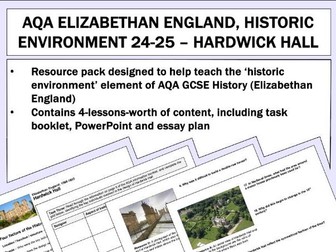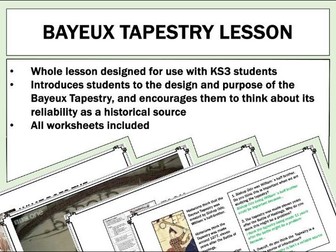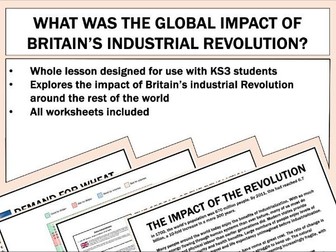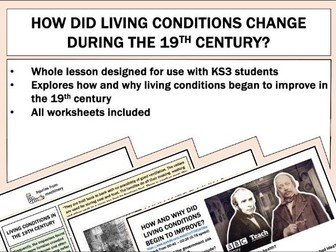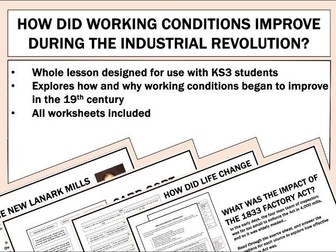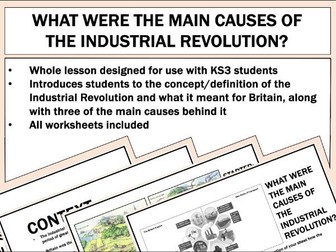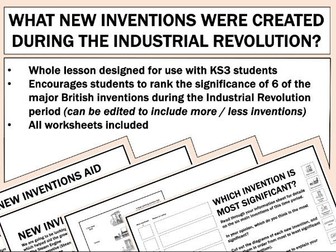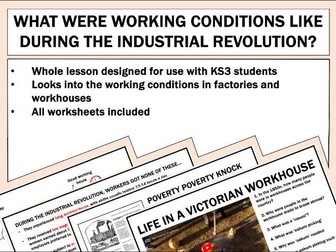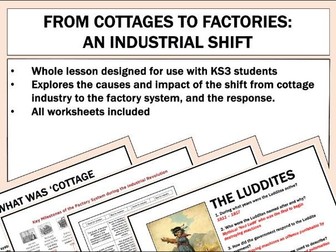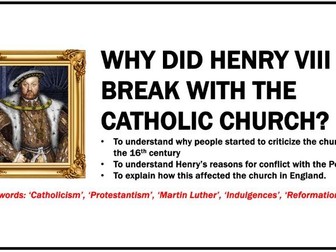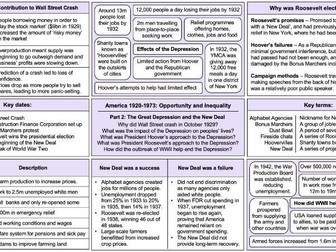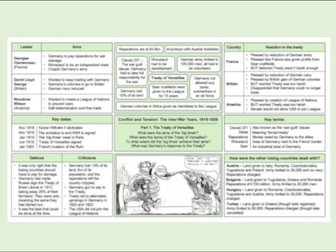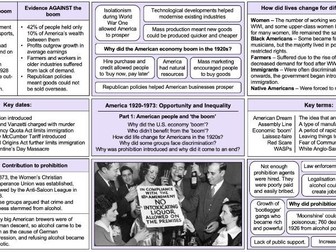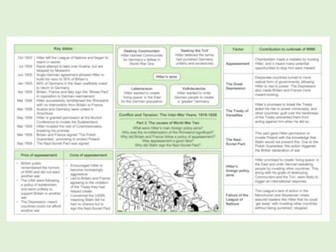Hardwick Hall - Historic Environment (AQA Elizabethan England)
<p>This resource pack is designed to help teach students the ‘historic environment’ element of the AQA GCSE History course on Elizabethan England.</p>
<p>It is designed to be taught across four lessons, with a ‘task booklet’ to be given to each student, and an accompanying PowerPoint to be used by the teacher to guide students along. The lessons have been divided as follows:</p>
<p>Who was Bess of Hardwick?<br />
In what ways was Hardwick Hall designed to reflect the ‘fashions’ of the time?<br />
In what ways did Hardwick Hall help to display the wealth and status of its owner?<br />
Planning the 16-mark essay</p>
<p>Each lesson uses information from the official AQA information booklet on Hardwick Hall, and has designed tasks for students to complete based on the information. Students should be able to complete these tasks relatively independently, but the PowerPoint contains a brief summary of the information included in the booklet, along with answer slides to be discussed after each task.</p>
<p>The final two pages of the booklet are included as a separate document, so as to allow for the diagram to be printed A3.</p>
<p>Once students have completed the first three lessons-worth of tasks, the final lesson / page of the booklet involves planning the final essay. This may be edited according to the ‘angle’ of the question you wish your students to prepare for, but is currently based on the assumption that the final exam question will focus on what purpose Hardwick Hall was built to serve. There is an ‘empty’ version of the planning grid for students to fill out independently, along with a completed essay plan which can be discussed as a class.</p>
